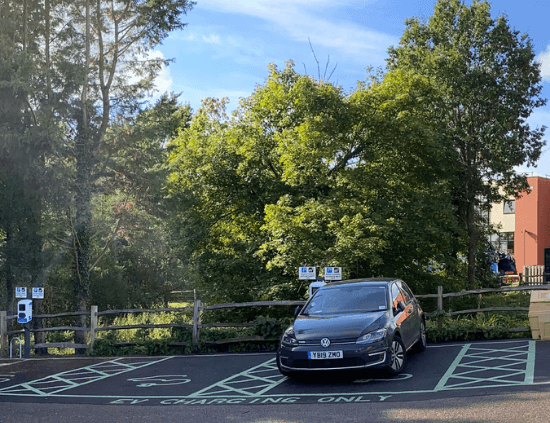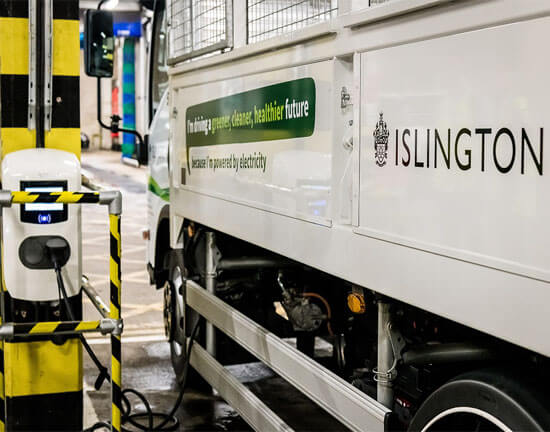Going electric at Royal Holloway University
Royal Holloway, University of London, is a pioneering University, steeped in history, yet constantly adapting to the demands of modern higher education.
When it comes to environmental credentials, the University ranked as a top tier University in USwitch’s second annual study into UK universities’ commitment to being green.
As part of their Living Sustainably programme, University researchers also work with partners around the world to investigate the drivers of unsustainable activities. They respond by co-developing innovative solutions for all communities to use resources more sustainably, and to be part of healthy communities. So, when we were appointed to work with the University on its EV infrastructure, we were delighted.
Feasibility and install
After visiting the University and discussing requirements, we conducted a feasibility study to create the best possible EV charging solution for staff, students, fleet vehicles and visitors to site.
The project was funded by the University and after an initial four car parks in the original study, Royal Holloway made the decision to begin with one site. There was an excellent electrical supply to that car park already, which meant we could install four dual socket Alfens, all running at 22kW.
Collaboration
The University needed the installation to be complete for the start of the new September term last year, so we put everything in motion to complete our works in that timescale. More often than not, we carry out all electrical work ourselves but, in this instance, our installation team worked seamlessly with the University’s electrical contractor, overseen by our experienced project managers. Working collaboratively is always something we’re happy to do!
Looking to the future
Dr David Ashton, Deputy Principal (Operations) of Royal Holloway, has said that the University is
“committed to addressing climate change and working hard towards goals such as achieving net zero by 2035”
and it’s brilliant to be part of the sustainability story at Royal Holloway. We hope to install more EV charge points here in the years to come.
Discover more
Read more about our Public EV projects
Check out our work with Schools, Colleges and Universities
Read more about Joju Charging as a portal for Public Sector EV Infrastructure Procurement












